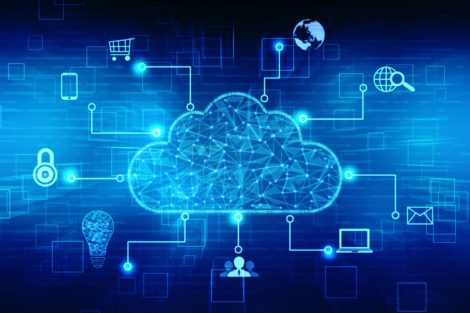What will be the place of Edge Computing in the future? Of course, it’s too early to tell, but we can start knowing well its meaning and functioning. In this post we will see what is Edge Computing, which are its benefits and what is the difference between Fog and Edge Computing.


